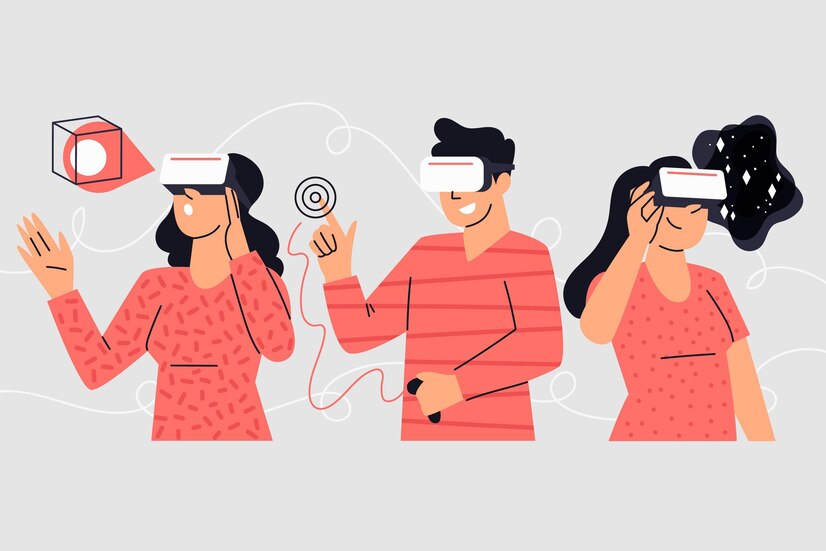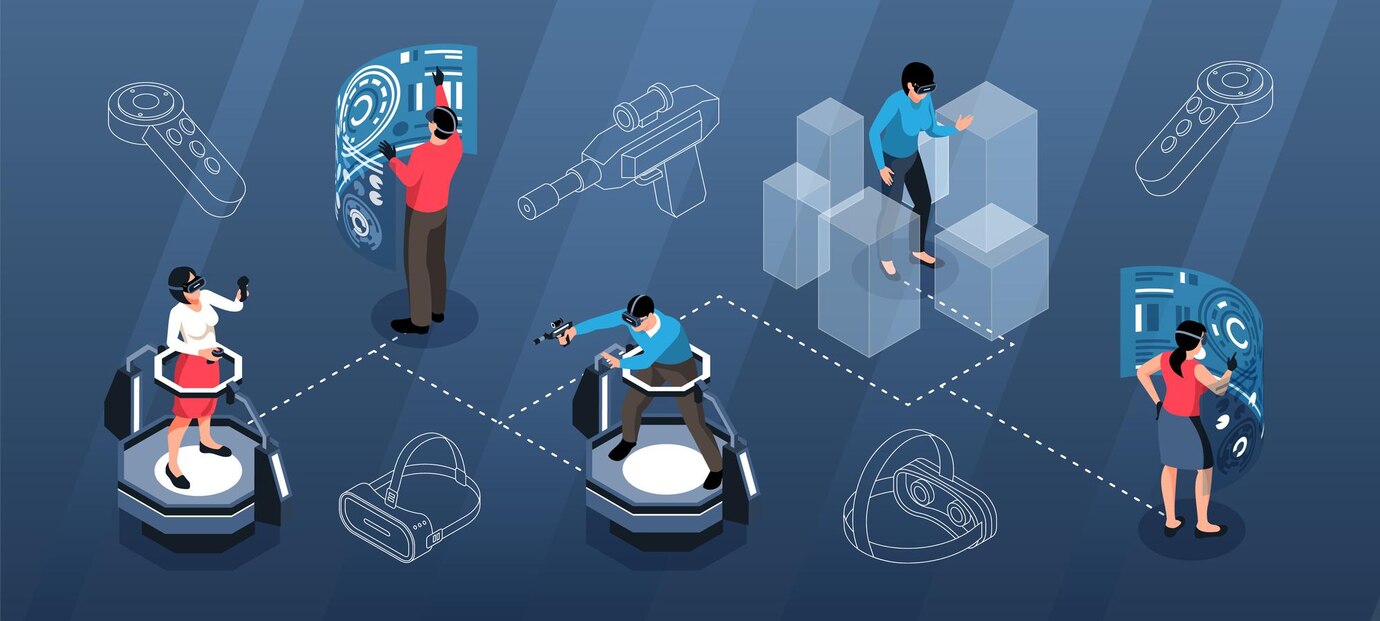Table of Content
The Future of Augmented and Virtual Reality Technology: Limitless Possibilities
/>Explore the exciting future of augmented and virtual reality technology and its potential impact on various industries. Discover how these immersive technologies are evolving, their current applications, and the anticipated advancements that will revolutionize the way we experience the world.Introduction
Augmented reality (AR) and virtual reality (VR) have come a long way since their inception, revolutionizing the way we interact with digital content and blurring the lines between the real and virtual worlds. These immersive technologies have the potential to transform various industries and unlock limitless possibilities for innovation. In this article, we will explore the current state and future of AR and VR technology and their impact on industries such as gaming, education, healthcare, manufacturing, and entertainment.
The Evolution of AR and VR Technology

Image by pikisuperstar on Freepik
Over the years, advancements in hardware and software have propelled AR and VR technology forward. The introduction of smartphones with high-resolution screens and powerful processors paved the way for more accessible and immersive experiences. Virtual reality headsets, such as the Oculus Rift, HTC Vive, and PlayStation VR, have brought VR gaming and virtual experiences into the mainstream. These headsets transport users to virtual worlds, allowing them to interact with their surroundings and experience new perspectives.
Current State of AR and VR Technology
In terms of consumer adoption, AR has made significant strides, thanks to the explosive popularity of applications like Pokémon Go. This mobile AR game demonstrated the mass appeal and potential of augmented reality experiences. Users were able to interact with virtual creatures in the real world, blurring the boundaries between reality and fantasy. Companies like Snapchat and Facebook have also harnessed AR technology to deliver entertaining experiences on social media platforms, such as face filters and interactive lenses. Virtual reality, on the other hand, has primarily been accessible through smartphones coupled with headsets. The availability of more advanced systems, such as the Oculus Rift and HTC Vive, has expanded the horizons of virtual reality. These headsets, coupled with 360-degree cameras, enable immersive experiences in gaming, virtual tours, and real estate applications. Users can transport themselves to ancient historical sites, explore virtual museums, or even simulate high-risk scenarios for training purposes.
Future of AR and VR Technology
Looking ahead, the future of AR and VR technology holds exciting possibilities. As technology continues to evolve, we can expect a consolidation of these immersive experiences into two forms: tethered systems and standalone units. Tethered systems will involve a wearable device connected to a processing unit, while standalone units will integrate all components within a single wearable device. Manufacturers are already exploring a combination of these approaches to strike a balance between complexity and implementation ease. While current AR and VR devices have their limitations, including limited field of view, display resolution, and battery life, the next three to five years will witness significant advancements. We can anticipate true, unconstrained AR/VR applications that offer complete immersion and seamless user experiences. As the market grows, we may even witness a platform shift, with AR glasses equipped with LTE capabilities becoming an alternative to smartphones.
Industry Applications of AR and VR Technology
The impact of AR and VR technology will extend across industries, revolutionizing the way we work, learn, and play. In healthcare, these technologies can enhance medical training, telemedicine, and patient care. Surgeons can practice complex procedures in a virtual environment, reducing the risk for patients. AR overlays can provide real-time information during surgeries, improving accuracy and efficiency. VR can also be used for pain management and therapy, creating immersive experiences to distract patients from discomfort or anxiety. Manufacturers can leverage AR and VR for streamlined production processes, remote collaboration, and quality control. AR overlays can guide workers through complex assembly tasks, reducing errors and improving efficiency. VR simulations can be used for training in hazardous environments, allowing workers to practice high-risk scenarios without endangering themselves or others. These technologies can also support remote collaboration, enabling experts to provide guidance and support from a distance. Education will become more immersive and interactive with the integration of AR and VR technology. Students can explore virtual environments, bringing history, science, and other subjects to life. They can walk through ancient civilizations, witness scientific phenomena firsthand, or even go on virtual field trips to distant locations. These immersive experiences enhance engagement and understanding, making learning more enjoyable and effective. In the entertainment industry, AR and VR are poised to deliver increasingly realistic and captivating gaming experiences. Gamers can step into virtual worlds, interact with virtual characters, and experience gameplay like never before. With advancements in haptic feedback and motion tracking, players can feel the impact of their actions, further immersing them in the gaming experience. Virtual reality arcades and theme parks are also emerging, offering visitors a chance to explore virtual worlds in a social and interactive setting.
Consumer Adoption and User Experience

Image by macrovector on Freepik
The widespread adoption of AR and VR technology will depend on factors such as affordability, ease of use, and the availability of compelling content. As prices for AR glasses and VR headsets continue to drop, more consumers will have access to these immersive technologies. Simplicity and ease of use will also play a crucial role in driving adoption. Manufacturers need to focus on creating intuitive interfaces and comfortable wearables that seamlessly integrate into users' lives.
Content is another crucial aspect of consumer adoption. Engaging and compelling AR and VR experiences will be essential to attract and retain users. Developers and content creators need to harness the full potential of these technologies to deliver experiences that are truly immersive and captivating. Whether it's gaming, entertainment, or practical applications like home design or virtual shopping, the content needs to offer value and enhance the user's experience.
Conclusion
In conclusion, the future of augmented and virtual reality technology is teeming with possibilities. As these immersive technologies continue to evolve, their impact will be felt across various sectors, transforming the way we learn, work, and play. Whether it's exploring ancient civilizations, training for high-risk scenarios, or revolutionizing the way we shop and communicate, AR and VR are poised to unlock limitless potential and redefine our reality. As we look ahead, the convergence of technology, affordability, and compelling content will pave the way for a future where augmented and virtual reality become an integral part of our daily lives.




